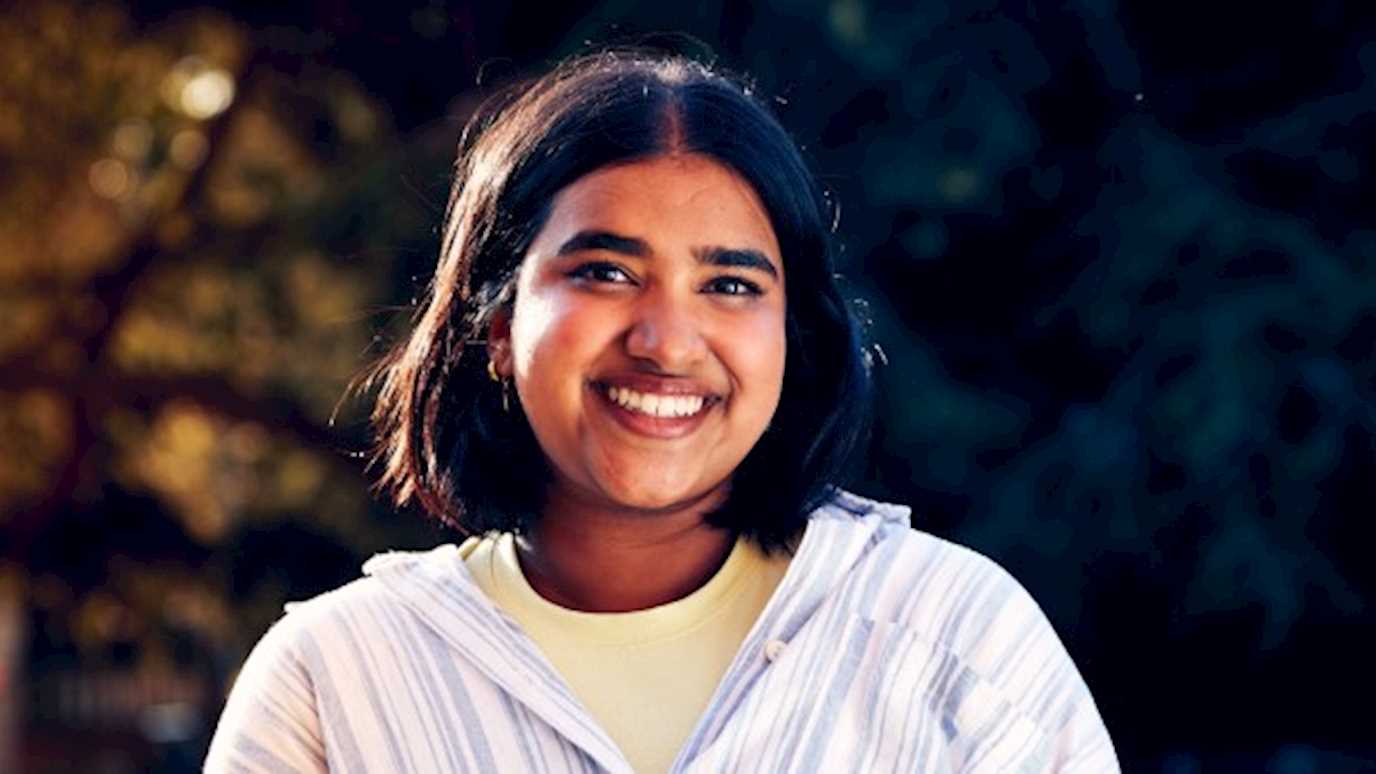Nathalie Grassineau
My main research focuses on stable isotope and geochemical studies of Early life in the Archaean, as well as the understanding of the volcanic systems and the Past Climate recorded in the Speleothems. More recently, my interests have diversified towards geochemical analysis for Environmental diagnostics, and the occurrence and behaviour of the Microplastics in riverine environment.
The study of microplastics, particularly in fresh waters is relatively new, and still in development. Many questions have risen from the onset, from their origin to their fate in the marine environment, which is their ultimate destination and the most important and concerning accumulation. The best way to stop this is to reduce the release at the sources, on land and rivers. Some of works carried out have been based: 1) on the mechanical alteration and disintegration of diverse types of plastic, submitted to UV light and friction action; 2) the release into landfill leachates; 3) the synthetic fibres from garments during washing machine operation. This is a new stimulating topic with many opportunities to develop research activities.
Diverse collaborations with other universities based on elemental compositions of geological and environmental materials have encompassed a wide range of topics, from water contamination by arsenic (India and Bangladesh), historical mining legacy (western UK) to air pollution (London).
My main research has been focusing on the metabolic determination and evolution of the Archaean Life, using carbon, oxygen and sulphur isotopic compositions. The studied period spans on a 1.2 Ga timescale from the Isua Greenstone Belt in Western Greenland (3.8-2.7Ga), to the Barberton Greenstone Belt in Eastern South Africa (3.6-3.3Ga), the Steep Rock Lake group in Canada (2.9Ga), and the Belingwe Greenstone Belt, Southern Zimbabwe (2.7-2.6Ga). Carbon and sulphur Isotopic signatures characterise the diverse microbial metabolisms that occurred then, which are determining the timing for the free oxygen to rise in the Early Atmosphere, involving Oxygenic Photosynthesis controlled by activity of the Rubisco 1 enzyme.
I have been involved for many years with the study of volcanic systems using carbon, sulphur and oxygen isotopes to understand the processes occurring during the volcanic activity, from subduction setting (e.g. Kamchatka) to spreading centre (East Pacific Rise, Lucky Strike). It covers the study of the origin of the volcanism to the late re-worked mineralisation. This has allowed me to develop many external collaborations, studying Icelandic volcanic systems, Australian mineralization, and more recently, the Afar rifting system (Djibouti).
One of my other studies has been analysing carbon and oxygen isotopes on speleothems (Gibraltar) to characterise palaeoclimates in the Quaternary. The calcite forming the stalagmites slowly grows in the cave environment recording the ancient temperatures existing at the time and consequently will determine the overall change of climate in the region.
References
- Westall, F, Campbell, KA, Bréhéret, JG, Foucher, F, Gautret, P, Hubert, A, Sorieul, S, Grassineau, N & Guido, DM 2015, 'Archean (3.33 Ga) microbe-sediment systems were diverse and flourished in a hydrothermal context', Geology, vol. 43, no. 7, pp. 615-618. https://doi.org/10.1130/G36646.1



















